30 special trainings for regular script to write with an upright posture!
1. Horizontal, horizontal and vertical
What we usually talk about as "horizontal level" refers to horizontal drawing being stable.
It doesn't mean horizontal. Horizontal and upward right angle 5-10 degrees,
In calligraphy, it is called "taking the oblique posture".
"Vertical" means that the vertical painting is strong, not vertical.
According to the font shape, it can be inclined, straight, curved or straight.
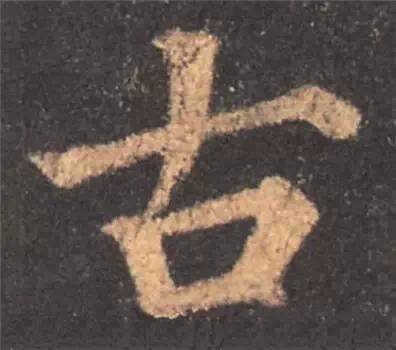
Yan Zhenqing Duobao Pagoda Stele
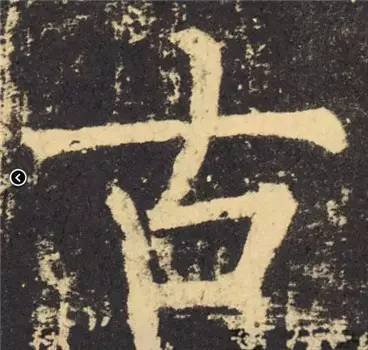
Liu Gongquan's Shence Military Monument
2. Tighten up and loosen down
The strokes in the upper part of the glyph are more compact and the lower part is sparse.
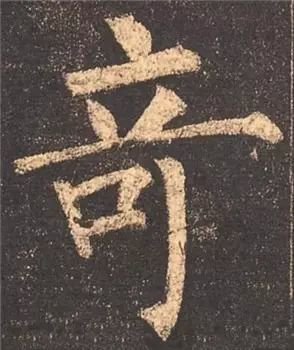
Liu Gongquan Mysterious Tower Stele
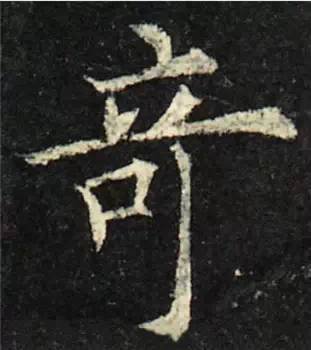
Ouyang Xun Monument of Yu Gonggong and Wen Yanbo
3. Upper opening and lower closing
Kou characters, or characters with a flat mouth,
Such as the bottom of the word mountain, the first word of grass, etc.
It should be slightly wider and wider at the top, and slightly narrower and narrower at the bottom.
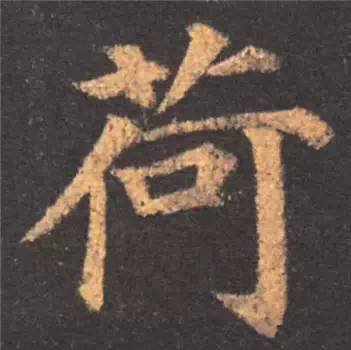
Yan Zhenqing Duobao Pagoda Stele
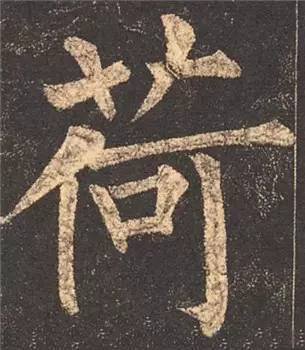
Liu Gongquan Mysterious Tower Stele
4. Collect and lower
When there are extended strokes such as apostrophes, napes, and long horizontal strokes in the lower part of the character,
Superstructure units should be tightened;
The lower part should be stretched left and right to support it, which is called "ground support".
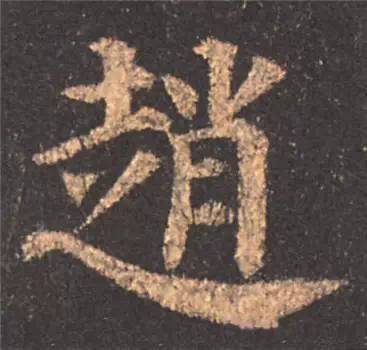
Yan Zhenqing Duobao Pagoda Stele
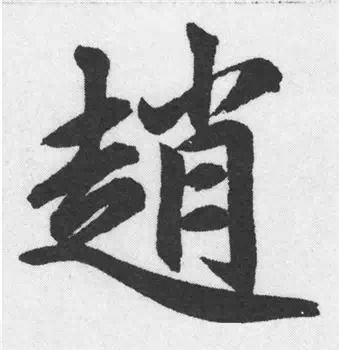
Zhao Mengfu Danba Monument
5. Up and down
When there are stretched strokes in the upper part of the character, the lower structural units should be tightened;
The upper part stretches left and right to cover the lower part, which is called "Tian Cover".
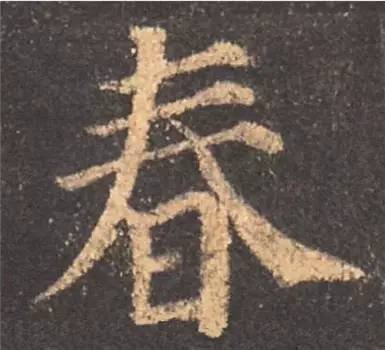
Yan Zhenqing Duobao Pagoda Stele
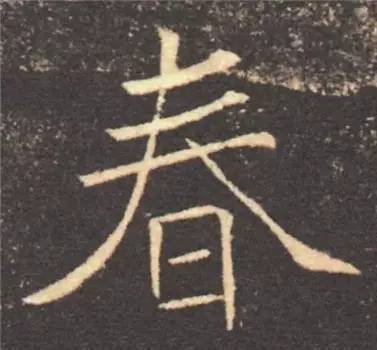
Chu Suiliang's Preface to the Sacred Religion of the Wild Goose Pagoda
6. Reach left and give way to right
To give way to the right, the horizontal stroke on the left side of the character is divided into two sections by the vertical stroke, with the left being longer and the right being shorter.
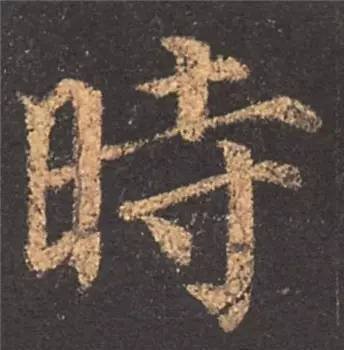
Yan Zhenqing Duobao Pagoda Stele
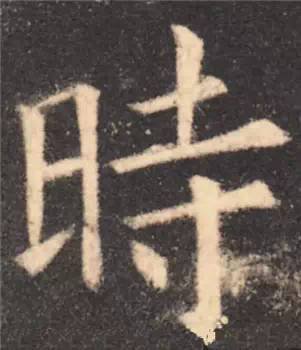
Ouyang Xun Jiucheng Palace Liquan Ming
7. Thin on the left and thick on the right
When multiple vertical lines are arranged in a word,
The left vertical one is thinner and the right vertical one is thicker.
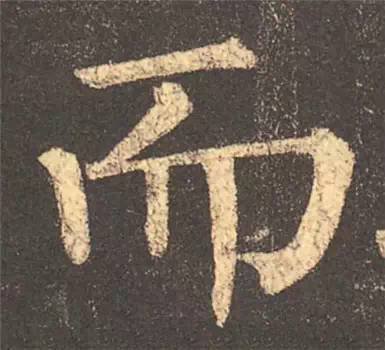
Liu Gongquan Mysterious Tower Stele
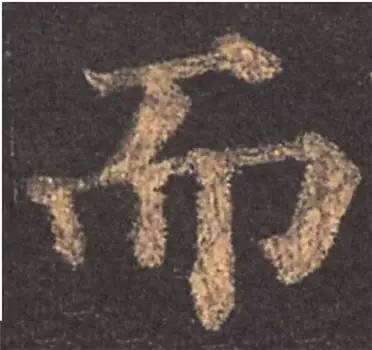
Yan Zhenqing Duobao Pagoda Stele
8. Short on the left and long on the right
Any part with a long mouth frame,
The left vertical one is short and small, while the right vertical one is long and thick.
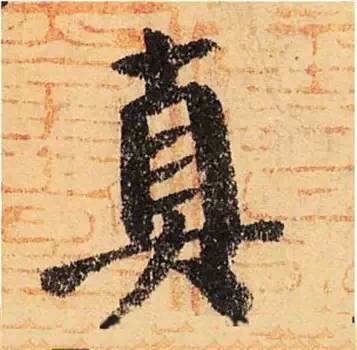
Yan Zhenqing's confession
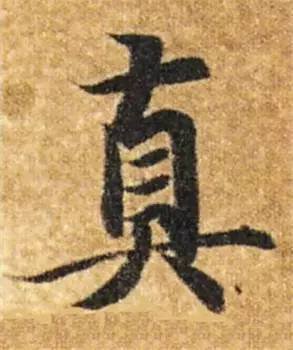
Zhiyong Zhencao Thousand Character Essay
9. Left disconnected and right connected
A mouth frame or a small horizontal line between two vertical strokes,
Generally, it is connected vertically to the left rather than vertically to the right.
If there is a middle vertical line crossing a small horizontal line,
Usually the small horizontal part is suspended between the left and right vertical parts.
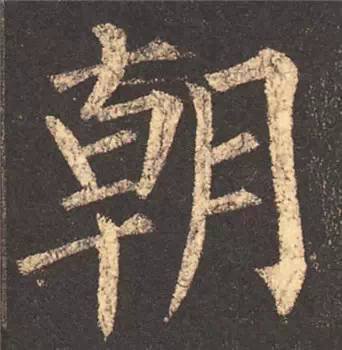
Liu Gongquan Mysterious Tower Stele
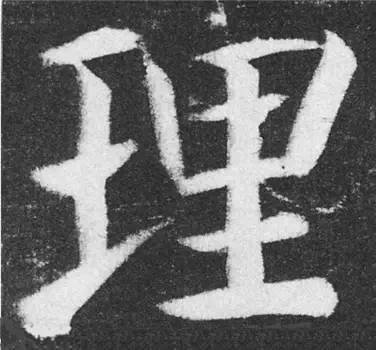
Zhenqing Yan Qin’s Monument
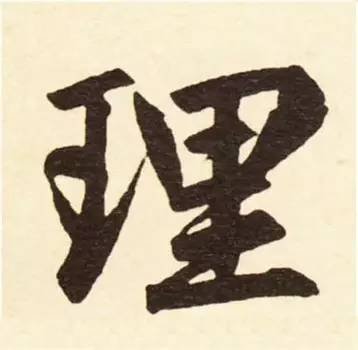
Zhao Mengfu's Records of the Sanqing Palace
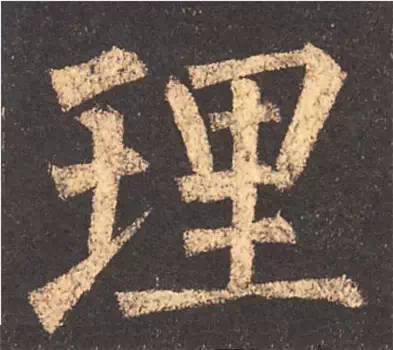
Liu Gongquan Mysterious Tower Stele
10. Left small lift
In the left-right structure, when the left is small and the right is large,
The smaller one on the left should be slightly above the middle of the larger one on the right.
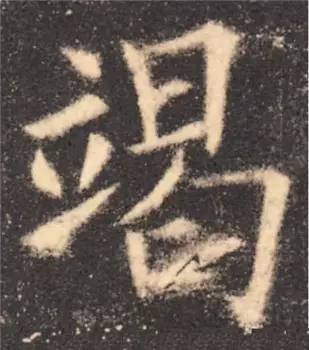
Ouyang Xun Jiucheng Palace Liquan Ming
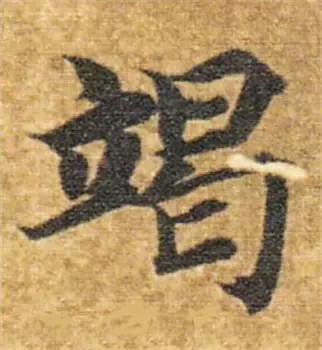
Zhiyong Zhencao Thousand Character Essay
11. The whereabouts of right little one
In the left-right structure, when the right is small and the left is large,
The one with the smaller right is suitable to live in, and the one with the larger left is slightly lower in the middle.
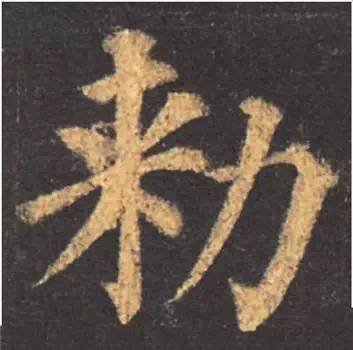
Yan Zhenqing Duobao Pagoda Stele
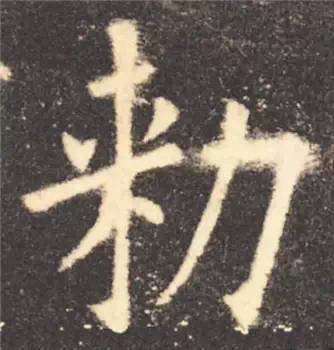
Ouyang Xun Jiucheng Palace Liquan Ming
12. Narrow on the left and wide on the right
Left ear narrow and slightly shorter than right;
The right ear is slightly wider and the hanging needle is vertically long to match the left ear.
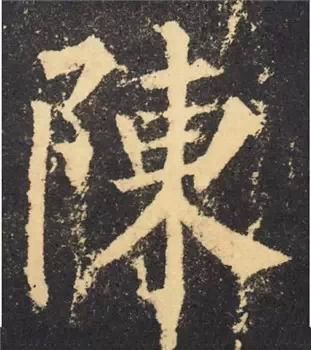
Liu Gongquan's Shence Military Monument
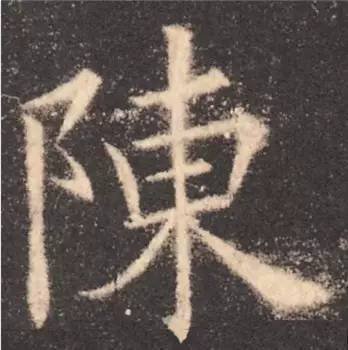
Ouyang Xun Jiucheng Palace Liquan Ming
13. Hang left and right
When there are multiple vertical lines in the word,
The vertical line on the left cannot be written as a hanging needle.
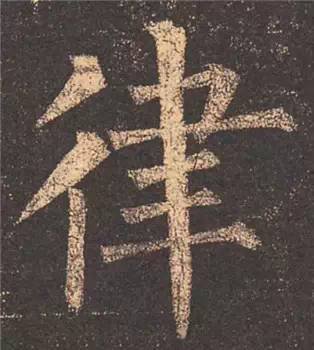
Liu Gongquan Mysterious Tower Stele
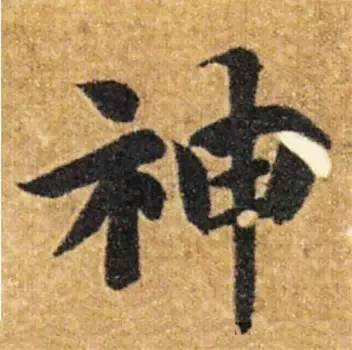
Zhiyong Zhencao Thousand Character Essay








